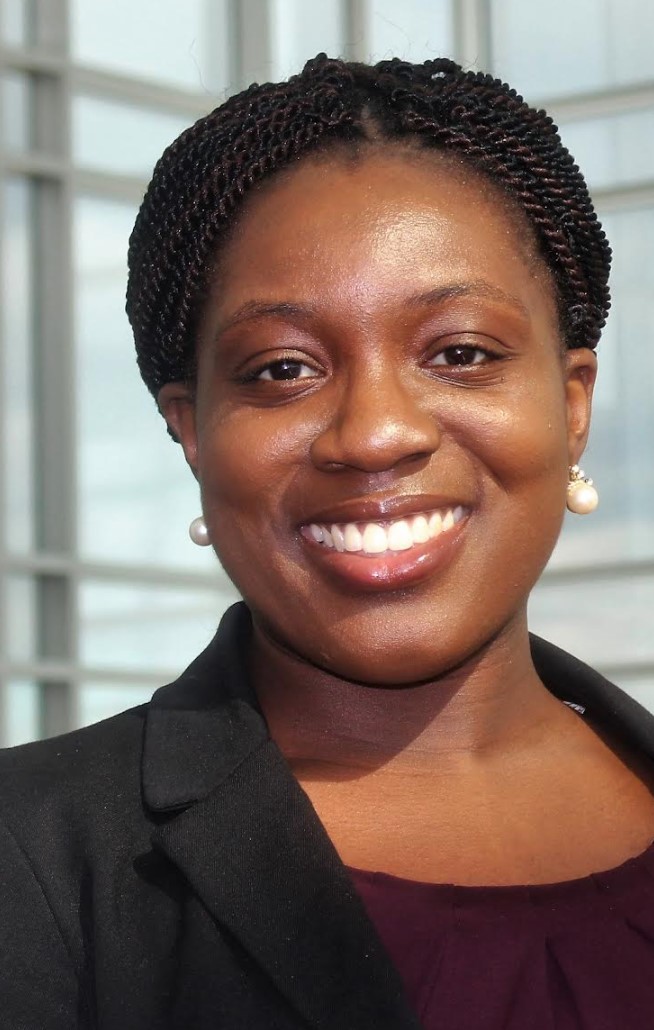Trying to Put a Cylinder Block in a Square Hole

Taiwo T. Ajumobi, DO
July 11, 2023
Every year in spring and summer, medical groups like the American Academy of Pediatrics recommend families visit parks and outdoor spaces for healthy outdoor play. Recommending outdoor play for children to improve mental well-being and reduce stress is common sense advice and like most doctors, I initially agreed with the concept. But a childhood memory made me reconsider my stance.
When I was 10-11 years old, I had a friend from school stay over for the night. The next day, we rode bikes around my neighborhood. I was thirsty and left my bike in my driveway to get some water. My friend said, "You are going to leave your bike outside like that?" I said yeah. Later she was surprised that our bikes were still in the driveway, untouched. She told me, "You can't do that in my neighborhood. Your bike would get stolen." I didn’t think much about her comment, and we continued to play. As a child, I was blessed to live in a suburban community and didn’t have to worry about losing something valuable while playing outside. The only thing I ever had to worry about was staying out too late. This clearly wasn’t my friend’s reality. For her, there was more anxiety going outside to play than staying inside.
Now serving families who are in low to middle-income communities as a physician, I have realized that my child friend’s reality is also the reality of many children who lived in similar communities. On one hand, it is easy as a doctor to see the importance of physical activity and playing outdoors to improve these patients’ health. There is more than enough clinical research and anecdotal support that emphasizes the importance of physical activity in improving physical, mental, and emotional health. Last month Xiang Liu et. al published a study in the Diabetes Journal about physical activity reducing risk of type 1 diabetes in children aged 5-15 years who developed multiple islet autoantibodies. Conversely, now that I better understand the lives and communities of the families I serve, I can’t blame parents for prioritizing their child’s safety over their health. Dr. Natalie Slopen et al published their study in the April 2023 edition of Pediatrics on how the opportunities (or lack thereof) in a neighborhood play a role in the short and long-term health of children and their adult relatives. From the study, they showed that fewer opportunities available in a community correlated to a higher incidence of death (1.3 times).
“Conversely, now that I better understand the lives and communities of the families I serve, I can’t blame parents for prioritizing their child’s safety over their health.”
As a trainee, who cares for and sees the health care disparity in her patients’ communities, recommending children to play outside more produces an inward struggle of recognizing the medical validity, but also seeing the reality my patients face daily. How do I tell my patients what’s right when what’s right isn’t realistically feasible for their environment? Some of my mentors have discussed that children can use social media or YouTube exercise clips to help with physical activities. For many children this is a healthy recommendation, although it may expose them to digital advertising and influencers. But for others who already are having trouble maintaining a healthy media life balance, more screen time may not be a good recommendation. In addition to informing parents on how to make a family media plan, what else can we do to keep kids healthy and safe inside and outside the home?
As a 1980s baby, I remember the popularity of “safe place” signs, letting children and families know the community places where one could feel safe. Unfortunately, these signs aren’t as widely visible today. That doesn’t mean there aren’t places in a community where one can feel safe. Learning about and creating a list of clubs, community centers, etc. that are close to a child’s home (preferably walking distance from home or school) where a child can feel safe to play could be an important first step. This would require us, as physicians, to improve our integration into the communities we serve. Secondly, maybe it is okay to recognize that although the recommendations are sound evidence-supported guidelines that help us practice optimal evidence-based medicine, in certain communities—both in America and around the world—strict adherence to the guidelines is like trying to put a cylinder block in a square hole. Maybe we should start stratifying clinical guideline recommendations based on socioeconomic status of communities and countries. At a minimum, when we recognize that some recommendations will be difficult to implement for children living in under-resourced communities, we need to prioritize our advocacy to improve those environments and families’ access to high-quality medical care. Every child deserves to be healthy and feel safe in their own community.
Both Dr. Tina Slusher and Dr. Jeffery Bronsco in their separate April 2023 Pediatrics articles discuss the importance of recognizing risk profiles and resources that different communities in America and countries around the world may have. Specifically, how those factors significantly affect what is the appropriate medical intervention and recommendations. The fact that these authors’ striking opinions were welcomed in the journal gives me reassurance that we in the pediatrics field aren’t afraid to ask the tough questions and re-examine ourselves so that we can be better pediatricians and better advocates for our pediatric patients. That’s why I am a proud trainee member of the American Academy of Pediatrics.
*The views expressed in this article are those of the author, and not necessarily those of the American Academy of Pediatrics.
About the Author
Taiwo Ajumobi, DO
Taiwo Ajumobi, DO currently resides in Tulsa, OK. She was one of the 2022 AAP Section on Developmental and Behavioral Pediatrics (SODBP) National Conference & Exhibition scholarship recipients.